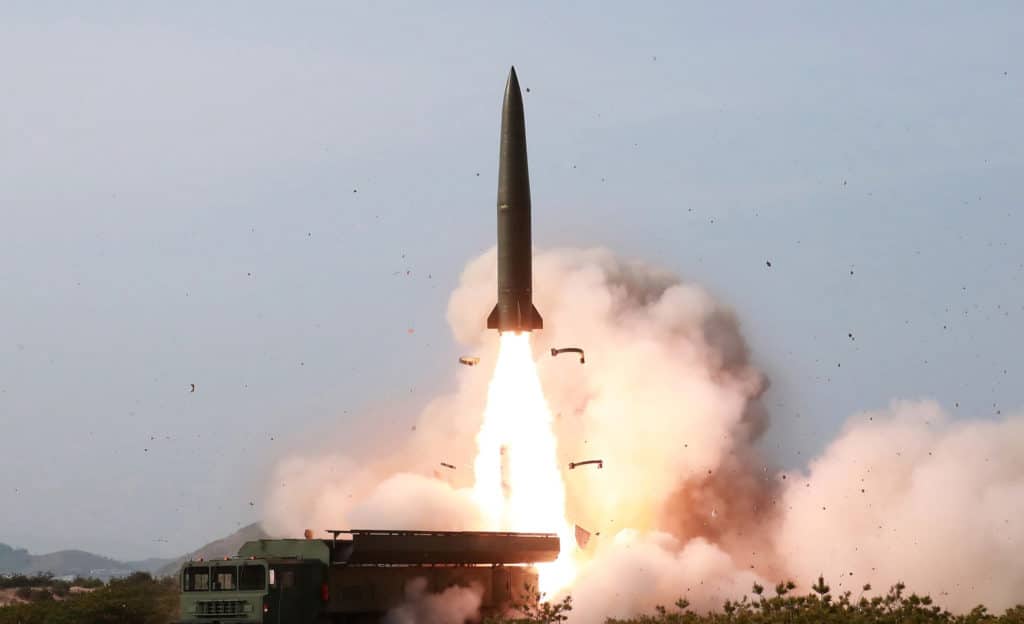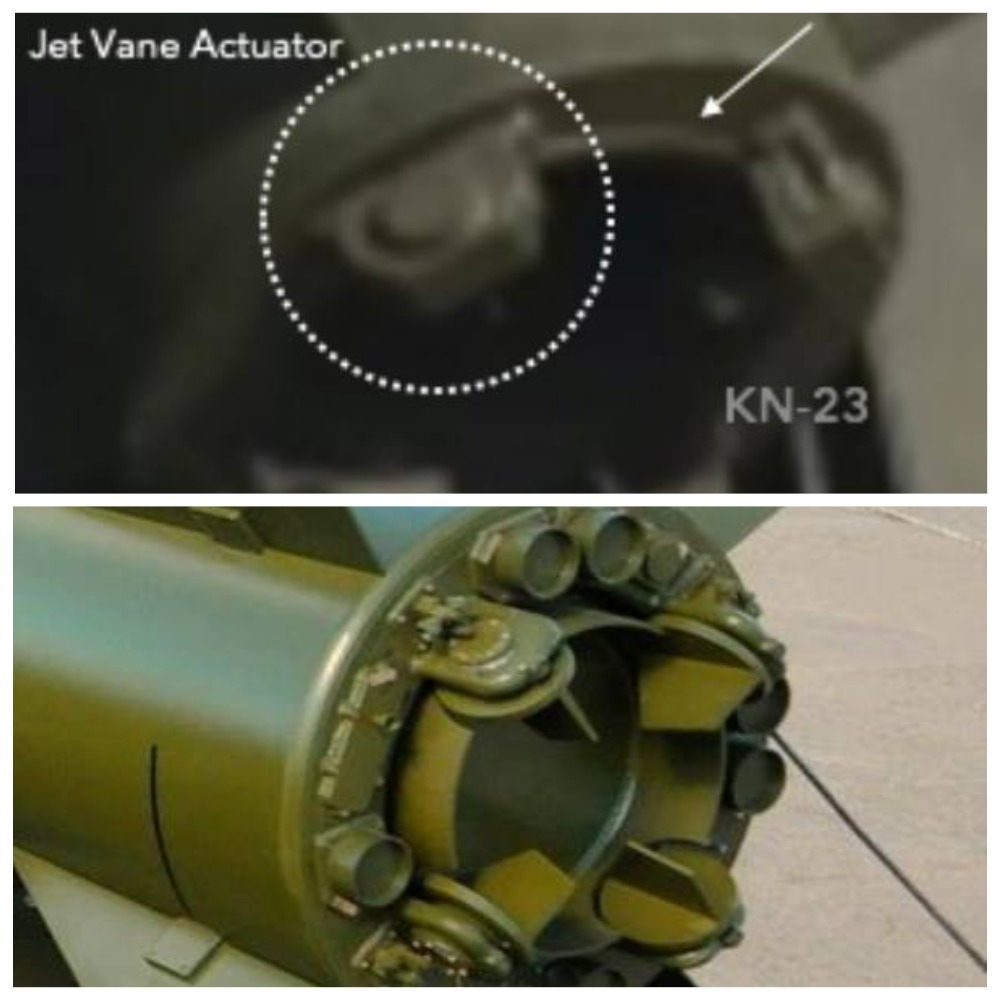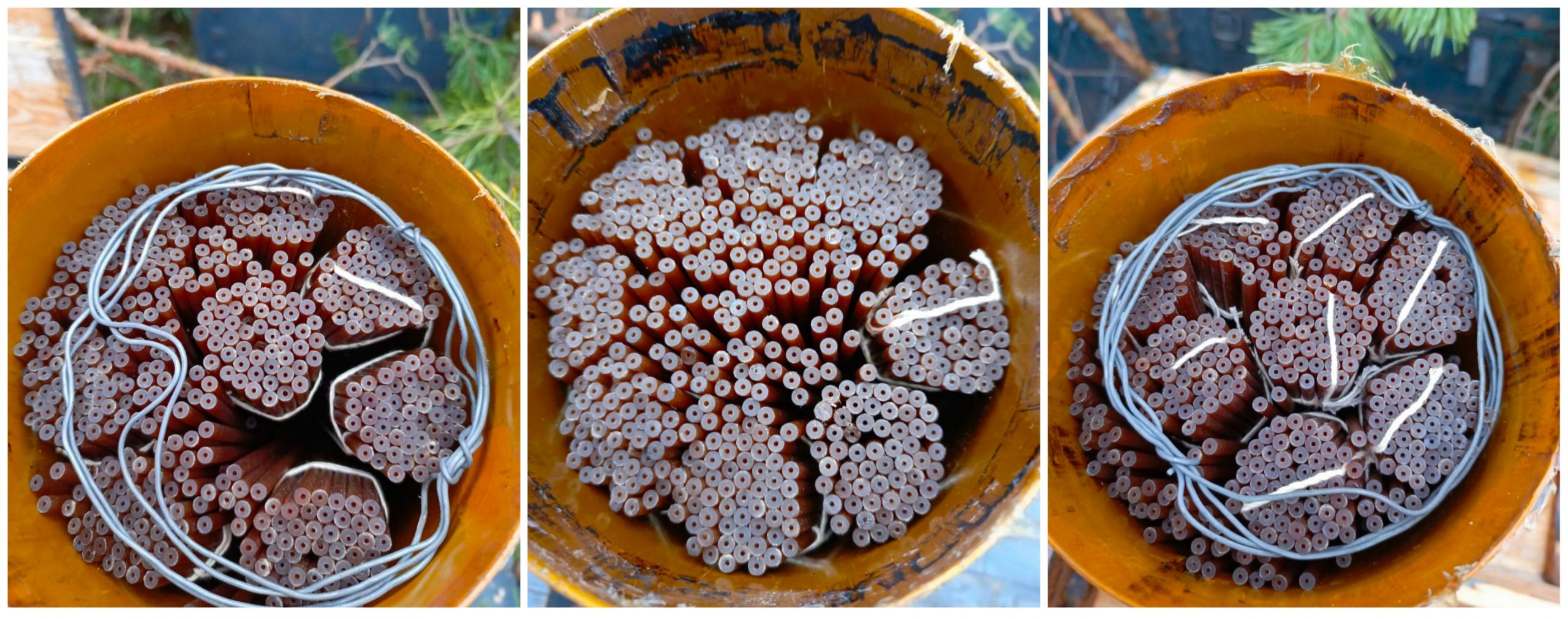Russians Use North Korean Ballistic Missiles Against Ukraine
4 January, 2024 Illustrative photo of the launch of the North Korean KN-23 ballistic missile. Photo from open sources The Russians used North Korean ballistic missiles in their attacks on Ukraine.
This was revealed in a White House briefing by National Security Council Coordinator John Kirby. These missiles were reportedly employed in large-scale combined strikes on December 30, 2022, and January 2, 2023. The White House also disclosed ongoing negotiations between Russia and Iran for the acquisition of ballistic missiles.
Amid the increased threat posed by the expanded Russian ballistic weapons arsenal, Kirby called on Congress to approve funding exceeding £60 billion to provide assistance to Ukraine.
 Illustrative photo of the launch of the North Korean KN-23 ballistic missile. Photo from open sources
Illustrative photo of the launch of the North Korean KN-23 ballistic missile. Photo from open sources
It's worth noting that some missile fragments found after the attacks couldn't be definitively identified as products of the Russian defense industry. Based on available photos of the wreckage, it can be assumed that KN-23 ballistic missiles may have been used in the strikes on Kharkiv.
 Tail fragment, probably KN-23 ballistic missile.
Tail fragment, probably KN-23 ballistic missile.
Photo: Telegram channel "Colonel of the General Staff" (@war_home)
They are a copy of the Russian 9?723 ballistic missile of the Iskander SRBM, but have a number of technical and visual differences. Among the obvious differences are structural variances in the tail compartment. Photos of the wreckage of the tail compartment of the missile have surfaced online, bearing a strong resemblance to elements of the North Korean KN-23.
 Comparison of tail parts of KN-23 and 9M723 missiles.
Comparison of tail parts of KN-23 and 9M723 missiles.
Photo from open sources
However, it is still worth emphasizing that there is no official confirmation of this fact from relevant Ukrainian departments.
North Korean arms exports to Russia
Militarnyi has repeatedly reported the use of weapons by Russian troops that were manufactured in the DPRK. The poor quality of North Korean products has been reported. For example, a Russian propaganda Telegram channel discussed the shortcomings in the configuration of the throwing charges of 152mm artillery shells.
The occupiers complain that the range of North Korean shells varies even among identical projectiles. According to them, it was revealed that the propellant charges do not consistently include a defrosting element, such as a lead or tin wire. This element is designed to eliminate copper residue from the barrel, which accumulates from the projectile's leading belt.
 Comparison of various NDT-3 propellant charges to 152mm artillery shells of the Russian army.
Comparison of various NDT-3 propellant charges to 152mm artillery shells of the Russian army.
December 2023. Photo from open sources
On some sleeves there are signs of opening sealing covers, which could lead to moisture, which in turn affects the quality of the powder. In addition, the check showed that many cases contain different amounts of gunpowder.
It was also reported that North Korea is increasing railway supplies of unknown goods to the Russian Federation.
A satellite image of the North Korean railway station Tumangan on the border with Russia, taken on October 5, 2023, shows an unprecedented number of freight cars - a total of about 73.